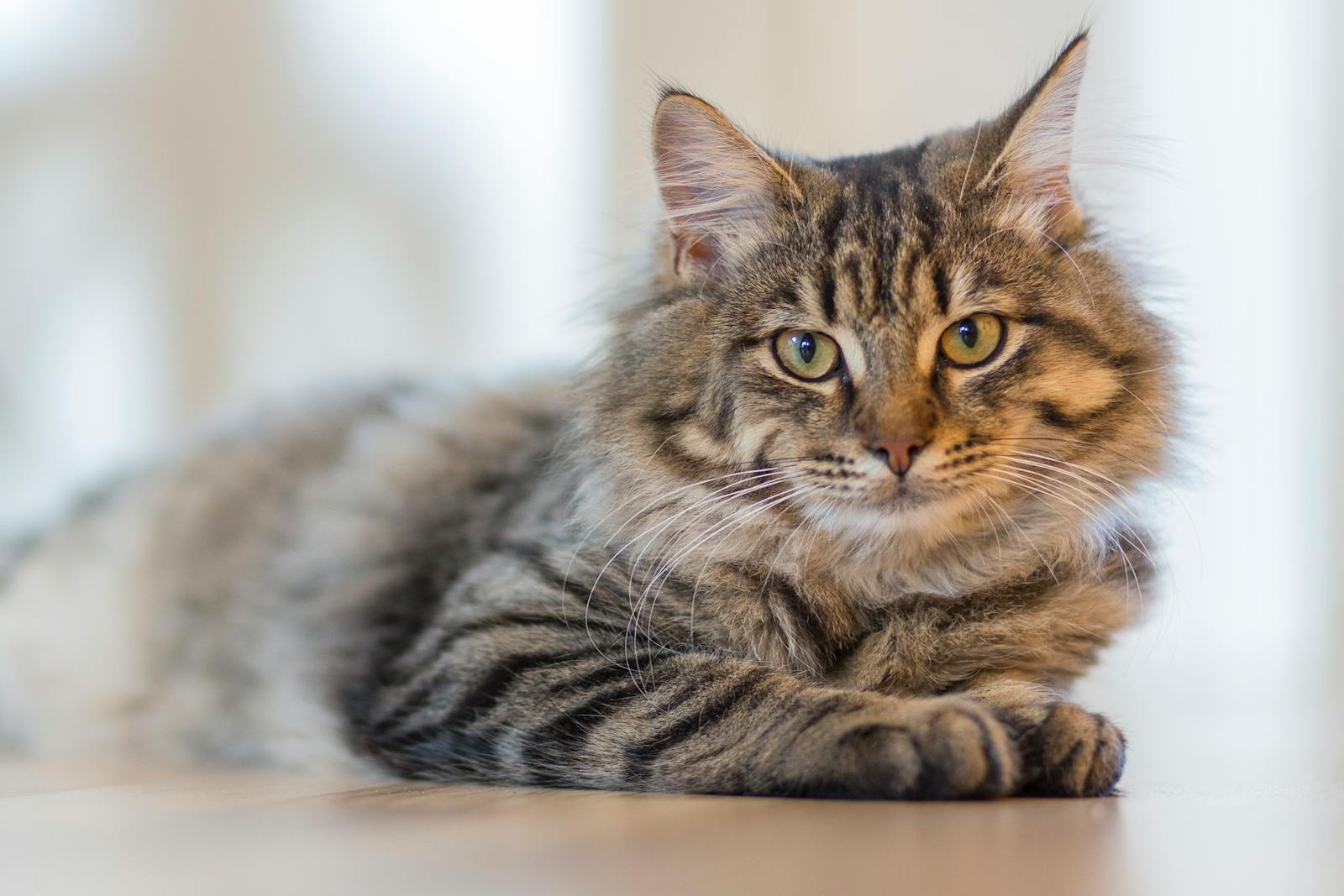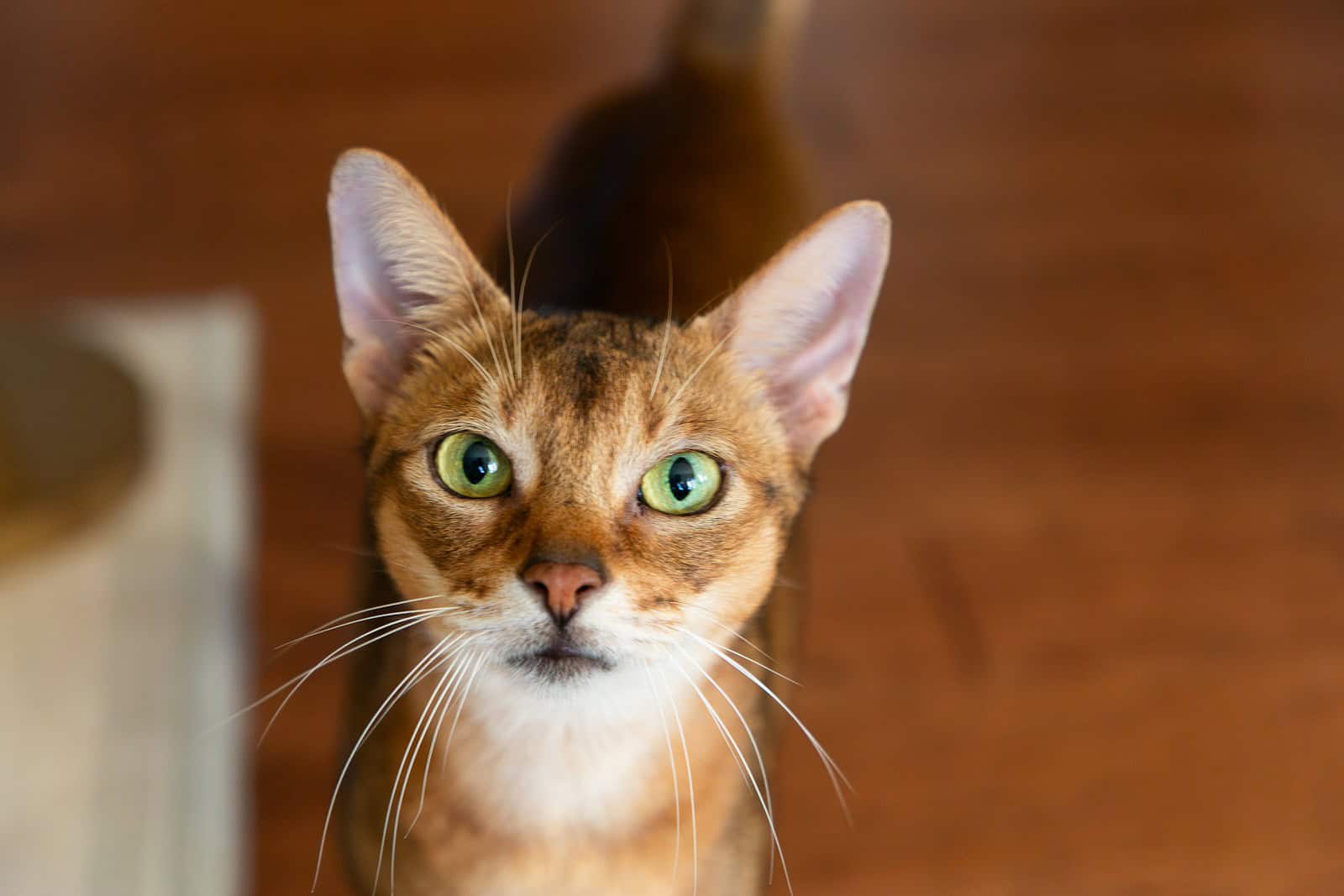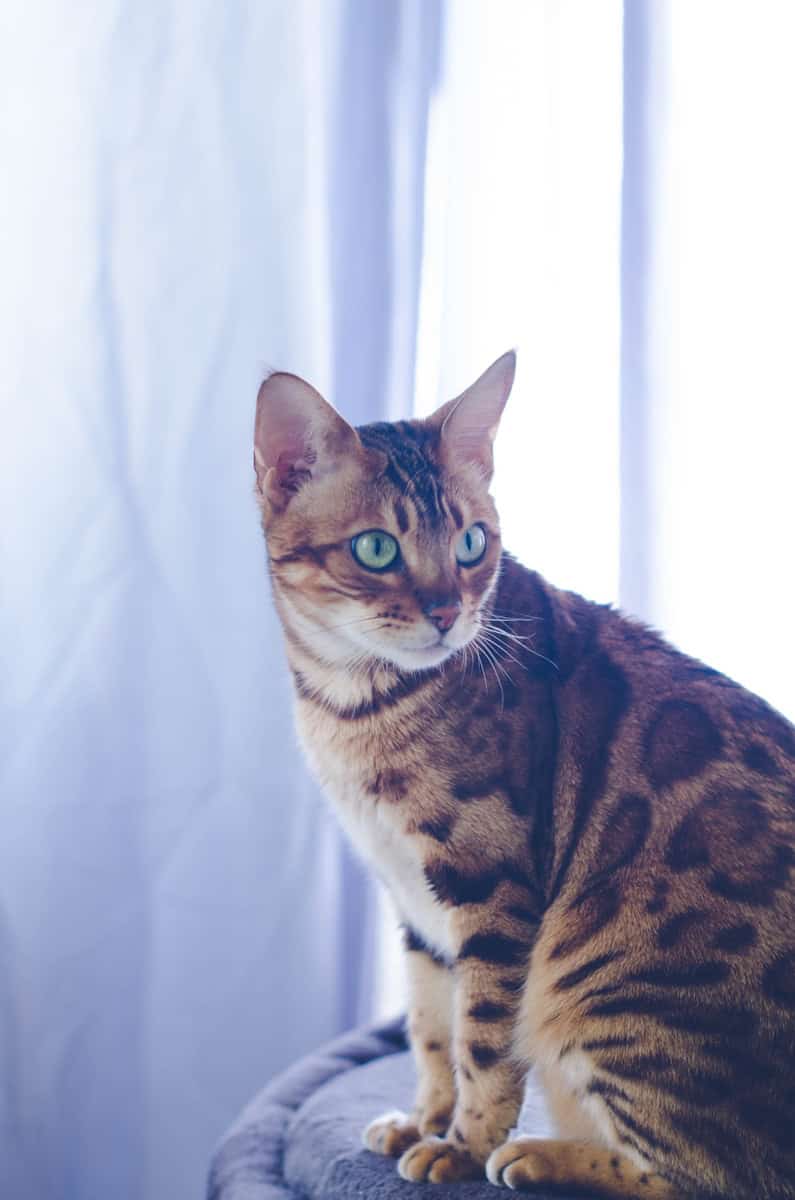Features
Hair loss

Child-friendliness

Speech

Hugging

Health

Activity

Have you ever longed for a cat that is not only beautiful to look at, but also loving and playful in nature? Then the Siberian cat may be the perfect breed for you. With its lush coat and enchanting green eyes, the Siberian cat is a true gem among cat breeds. But there is so much more hidden behind that elegant look than you might think at first glance.
In this article, we will delve deeper into what makes the Siberian cat so unique. From its origins and history to its temperament and care, we will explore all facets of this fascinating breed.
Origin and history of the Siberian cat
The origins of the Siberian cat take us back to the vast forests of northern Russia, where this breed has lived for centuries as a but forest cat. According to historians and breeders, these cats developed as a natural breed, adapted to the harsh conditions of the Siberian climate. The thick, water-repellent coat and powerful physique help the Siberian cat endure temperatures well below freezing. Ancient Russian chronicles and folk tales describe the Siberian cat as a protector of farms and homes, keeping mice and rats away from grain stores during long, bitter winters.
Only in the late 19th and early 20th centuries did cat fanciers outside Russia begin to show interest in this special cat. In the 1980s, the first Siberian cats arrived in Western Europe and North America, where breeding programs were established to further develop this robust breed. Today, the Siberian cat is recognized by all major international cat associations, including the Fédération Internationale Féline (FIFe) and The International Cat Association (TICA). Despite this formal recognition, the Siberian cat is still a breed with authentic, natural characteristics that passes on its origins in the Russian wilderness to each new generation.
Physical characteristics and coat pattern
The Siberian cat is known for its impressive physique and lush coat. This medium to large breed features a muscular body, broad chest and sturdy paws that combine for an athletic yet elegant appearance. The head is round with full cheeks and medium-sized ears that are slightly rounded. Characteristic are the large, almond-shaped eyes that come in a variety of colors, from green and gold to amber.
However, the most striking aspect of the Siberian cat is its triple coat, consisting of a soft undercoat, a denser intermediate coat and longer cover hairs. This coat not only protects against cold and moisture, but also provides a luxurious, fluffy appearance. Colors and patterns vary greatly: from solid shades such as white, black and red to tabby, tortie and coat types with silver or gold shades. The long fluffy tail and collar enhance the Siberian cat’s regal appearance.
Personality and temperament of the Siberian cat
The Siberian cat is famous for its balanced and friendly nature. Despite their imposing appearance, these cats are very gentle and social. They form strong bonds with their human family and are known for their loyalty and affectionate nature. Siberian cats often follow their owners around the house and like to show that they are involved in daily activities. They have a dog-like disposition: they play fetch, respond to name and can learn simple tricks.
Moreover, the Siberian cat possesses a playful and curious spirit. They are intelligent and love to explore their surroundings. A challenging play environment with scratching posts, interactive toys and climbing opportunities keeps them stimulated both physically and mentally. At the same time, they are not intrusive and also do well alone if you are away for a few hours. This combination of independence and affection makes the Siberian cat an ideal housemate for families, couples and singles.
Care and health of the Siberian cat
Although the Siberian cat’s luxuriant coat looks lush, grooming is relatively simple for a long-haired breed. Weekly brushing is recommended to remove dead hairs and prevent tangles, especially during the spring and fall molt. Many Siberian cats have a non-shedding genetic predisposition, which means they have less undercoat loss than other long-haired breeds. This makes them even more tolerable for some people with mild cat allergies.
In terms of health, the Siberian cat is known as a robust breed with an average life expectancy of 12 to 16 years. A balanced diet, regular exercise and annual vet checkups contribute to good health. Ensure adequate hydration and choose quality cat food with high protein content. Prevent obesity by measuring the amount of kibble and encourage active play. This will help your Siberian cat maintain its lean line and strong muscles.
Interaction with other pets and children
Siberian cats excel at socializing, not only with people but often with other pets as well. They generally have a friendly nature and accept dogs, rabbits or other cats in the house without too much trouble. A calm introduction ritual helps put new housemates at ease; give them each their own territory, scent and toys before gradually allowing them to meet.
With children, Siberian cats usually form a harmonious combination. They are patient and endure childish pranks often without grumbling. However, it is important to teach children respect for the cat from an early age: pick it up gently, do not pull its tail and alternate moments of play with moments of quiet cuddling. This way both parties know what the desired behavior is and a loving bond is created between child and animal.
Health checks and common conditions
Regular health checks are very important to detect early problems in the Siberian cat. Annual vaccinations, deworming and a dental checkup are the basis of preventive care. It is also advisable to monitor weight and body condition, as obesity in cats can lead to diabetes and joint problems.
Although the Siberian cat is generally a strong breed, certain hereditary diseases can occur. Hypertrophic cardiomyopathy (HCM), a thickening of the heart muscle, sometimes occurs in this breed. Kidney problems and hereditary allergies can also occur. When purchasing a Siberian cat, choose a reliable breeder who performs heart and kidney health tests. This way you will reduce the chance of future complications and enjoy a vital companion.
Conclusion
The Siberian cat is an impressive combination of strength, beauty and affection. Its rich history in the tough forests of Russia has resulted in a robust breed with a gentle nature and luxurious coat. Whether you’re looking for a playful companion or a mournful cuddling partner, the Siberian cat will adapt to your lifestyle just fine.
With proper care, loving attention and regular medical supervision, this charming cat will be a loyal friend for years to come.



